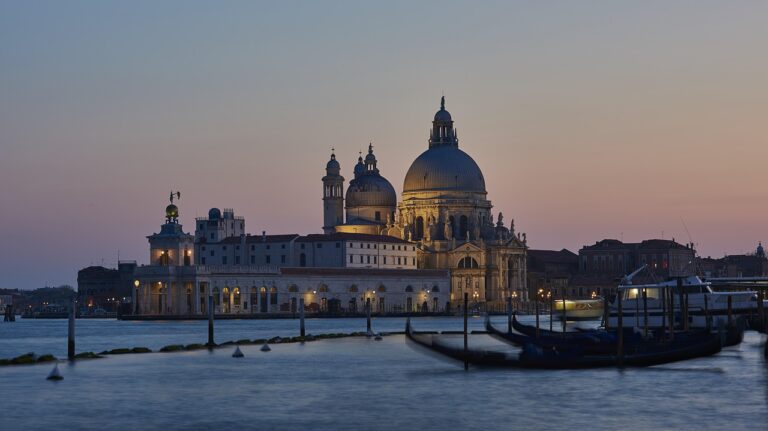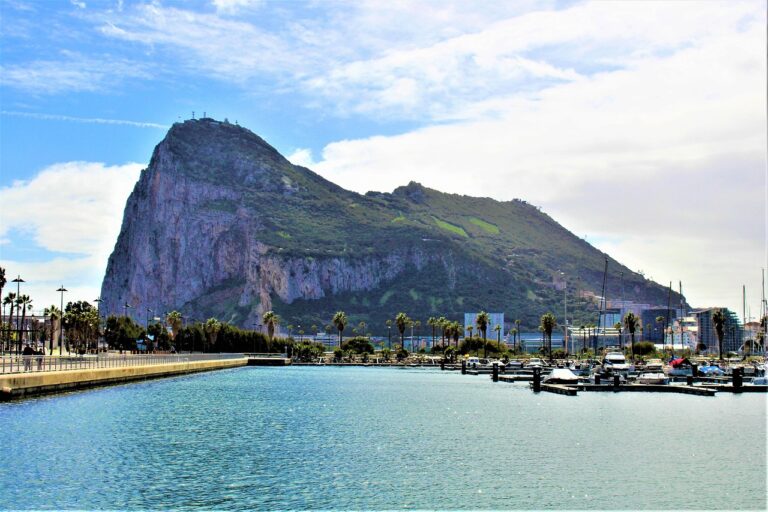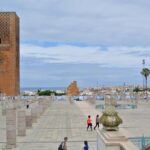Less than 2,000 km away, Morocco, beyond its famous cities, reveals hidden treasures: villages, valleys and historical sites, for an intimate and authentic immersion in its culture.
Less than 2,000 kilometers from France, Morocco stands out as a must-see destination, whether for a long stay or even for a sunny weekend. When one mentions the country, captivating images of Marrakech, Fez, or even the dunes of the Sahara quickly come to mind. However, these destinations, although magnificent, are only a tiny facet of the country’s diversity. For those in search of authenticity, there is another, more discreet Morocco, where treasures are hidden, often overlooked by traditional tourist circuits. Traveling the kingdom’s less traveled roads allows one to discover picturesque villages, lush valleys, and little-known historical sites, offering an intimate and deeply immersive experience in Moroccan culture.
The Berber village of Tafraoute: in the heart of the Anti-Atlas
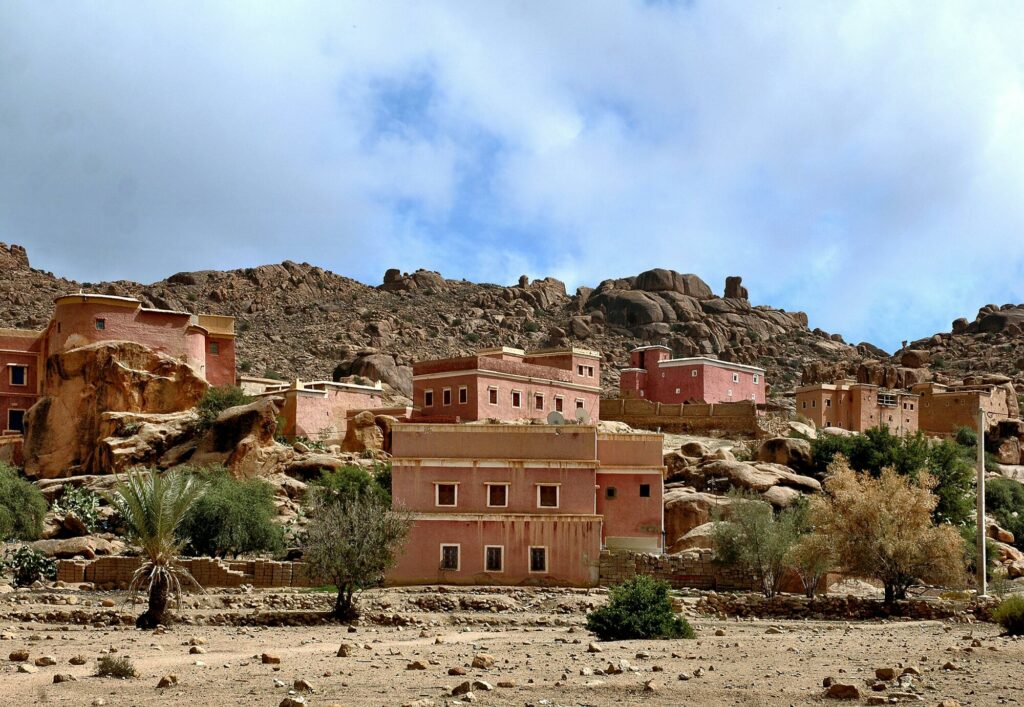
It’s impossible to miss the richness of Berber culture during your trip to Morocco. Located in the south, in the heart of the Anti-Atlas, Tafraoute is a pearl still untouched by mass tourism. Surrounded by impressive rock formations with pinkish hues, this small Berber village offers a surprising setting and a charming market. Hiking enthusiasts will be delighted by the steep trails leading to breathtaking viewpoints for sunrises and sunsets. Tafraoute is also famous for its painted rocks, an in situ work of art by Belgian artist Jean Vérame, which brings a touch of color to this exceptional natural environment.
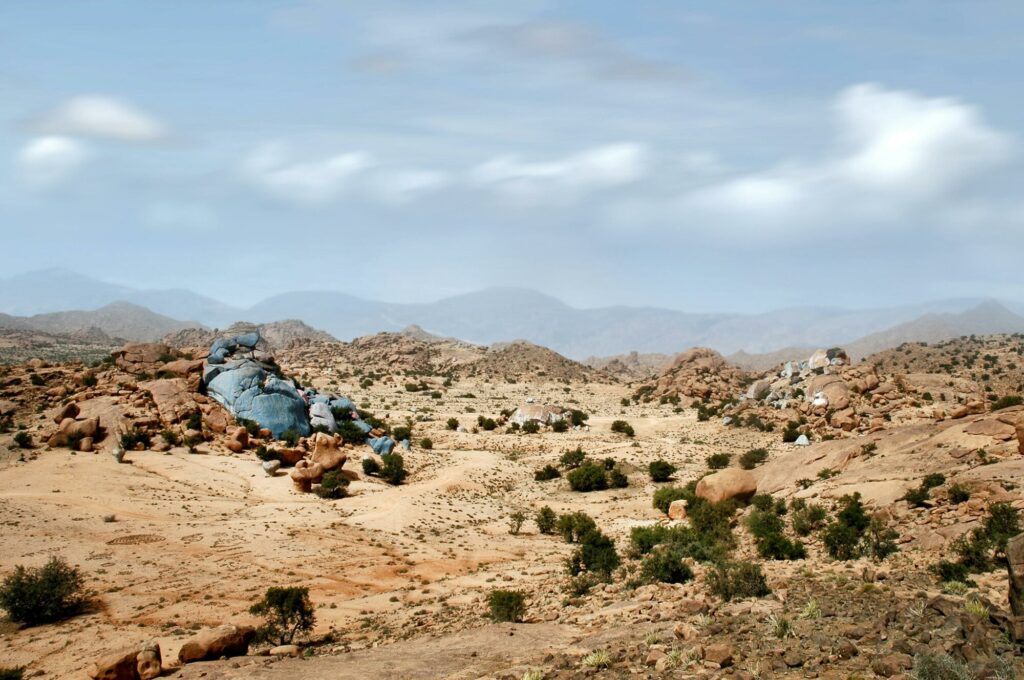
Afensou
Afensou is a small Berber village nestled in the High Atlas Mountains, approximately 40 kilometers from Taroudant. This village, away from the tourist trails, offers an intimate experience at the heart of Berber culture. Surrounded by diverse landscapes, Afensou is the ideal starting point for hikes through valleys populated by palm trees, almond trees, hidden gorges, and centuries-old olive groves. Visitors discover an ancestral way of life, punctuated by agricultural traditions and local crafts. Here, time seems to stand still, and the locals warmly welcome travelers by offering them a glimpse into their daily lives, particularly through shared meals based around traditional Berber cuisine.
Chefchaouen: the captivating blue of the pearl of the Rif
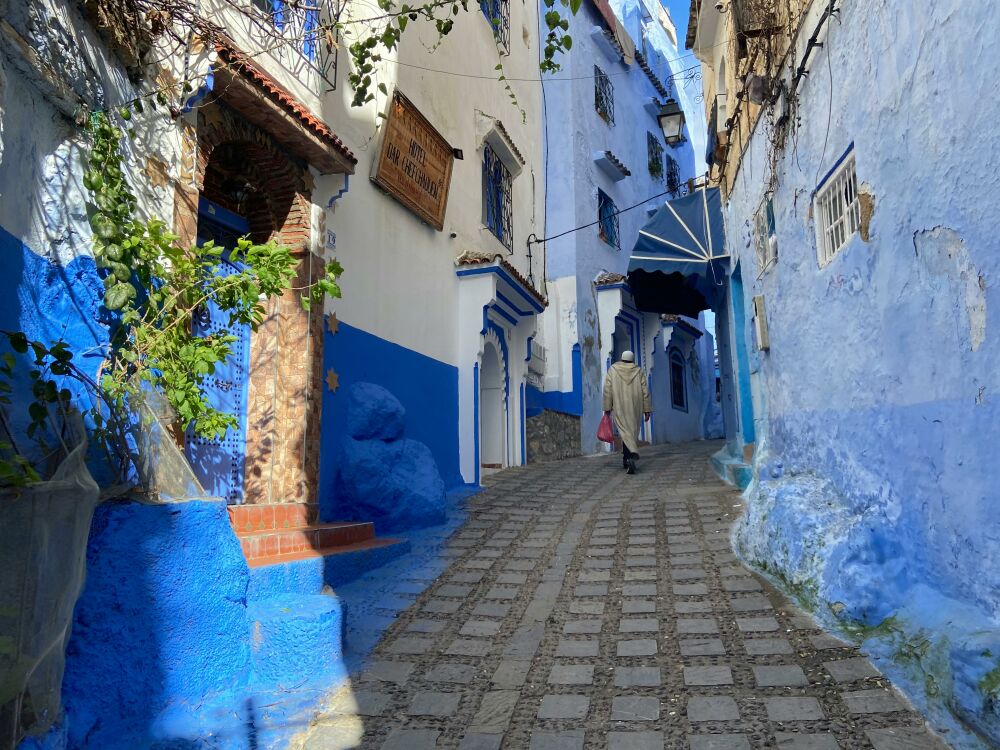
Chefchaouen, with its iconic blue houses, is now a social media star. However, we find it hard not to recommend a visit to one of the jewels of the Rif. Perched in the northern mountains, this village is a true delight for travelers. Its narrow streets, decorated doors, and welcoming locals offer a charming getaway. You can visit numerous artisan workshops as well as the museum, which hosts art exhibitions. Hikers will also find plenty to enjoy in the surrounding mountains, where uncrowded trails lead to stunning waterfalls.
The Zagora Desert: the alternative to the Sahara
While the dunes of Merzouga draw crowds, those of Zagora, further south, offer a more intimate desert experience. This desert, still relatively uncrowded, is ideal for those seeking peace and quiet. Head out on camelback or in a 4×4 for a night under the stars in nomadic camps, far from the main tourist routes. The magic of the desert works here, allowing for a deeper immersion in the traditional lifestyle of nomadic tribes.
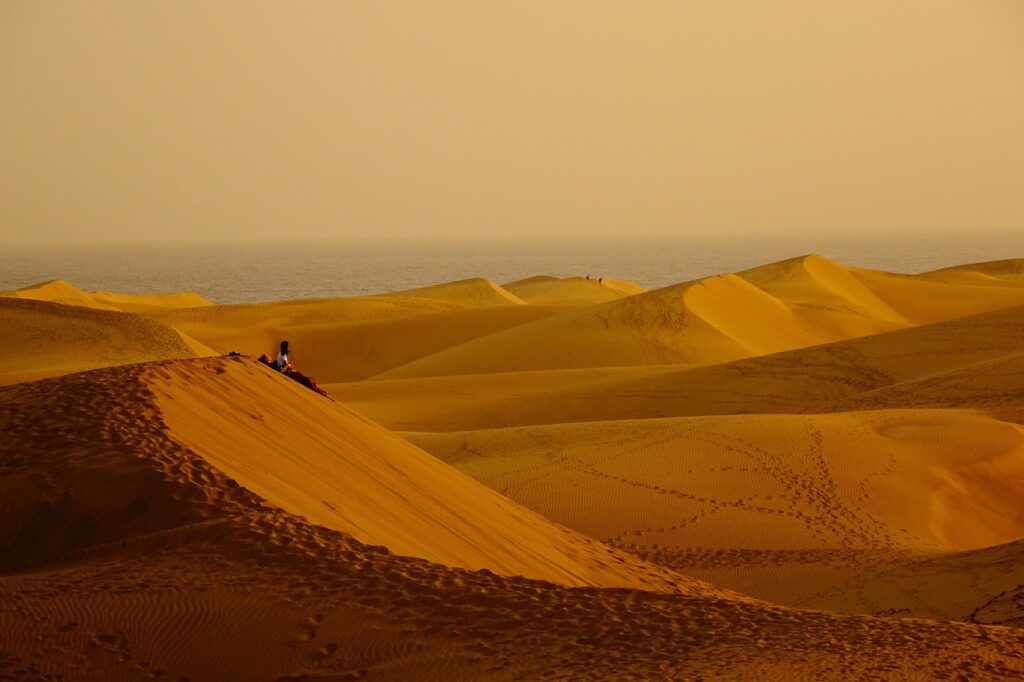
The Kasbah of Telouet: a hidden gem of history
Perched in the Atlas Mountains, the Telouet Kasbah is a little-known architectural treasure. Once the residence of the powerful Pasha Glaoui, this partially ruined palace bears witness to the splendor of a bygone era. Less visited than the famous Aït Ben Haddou Kasbah, Telouet offers a journey through time, with exceptional mosaics. It is also a wonderful opportunity to learn more about the history of a dynasty, the Glaoui, influential Berber lords of the region. In the surrounding area, take the time to visit the local markets where Berber artisans sell clay objects, chiseled silver jewelry, and handmade rugs, true testaments to traditional know-how.
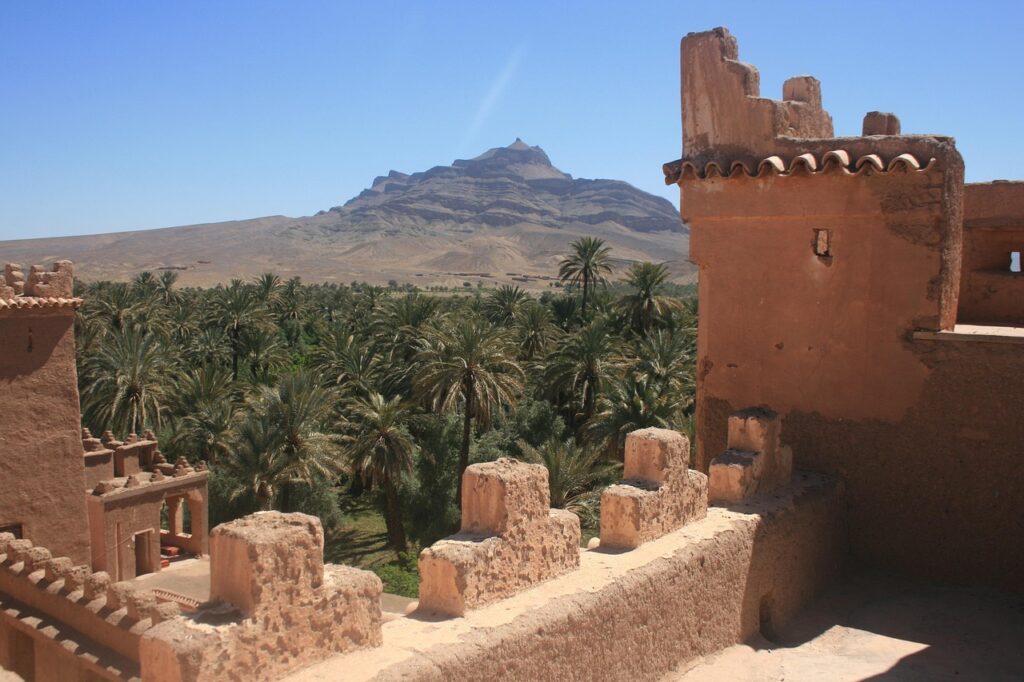
Imlil and the High Atlas: hiking and Berber hospitality
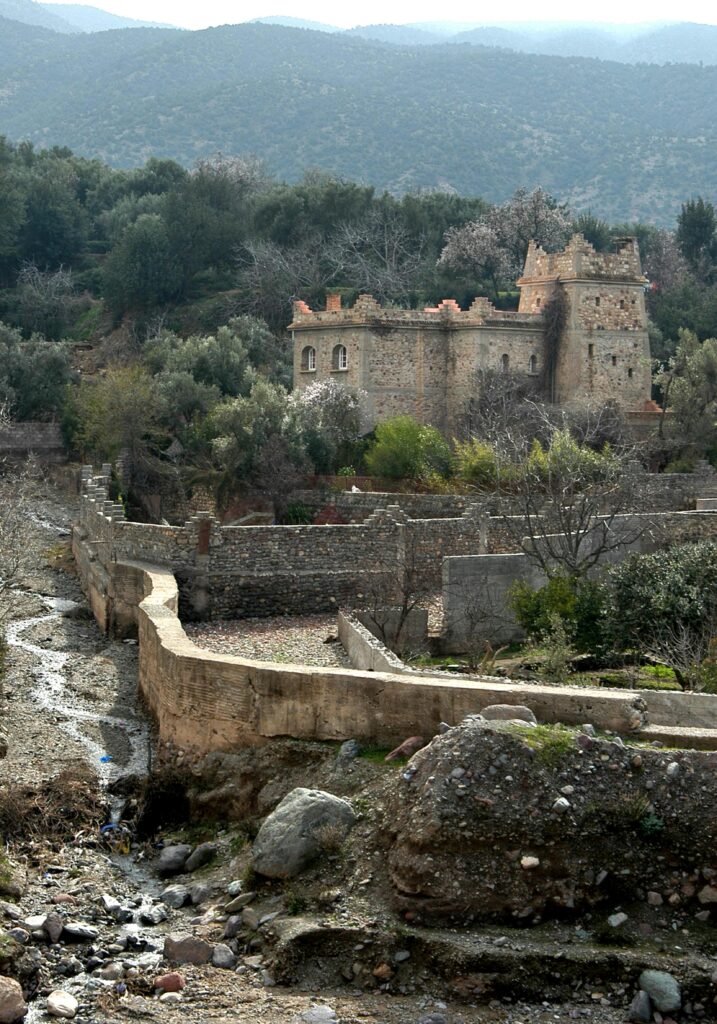
Located at the foot of Mount Toubkal, Morocco’s highest peak, Imlil is the starting point for many hikes in the High Atlas. The surrounding villages, such as Aremd, offer a complete immersion in Berber mountain culture. You can stay in lodges run by local families, share their simple but delicious meals, and even attend traditional Berber ceremonies, such as the moussem, a religious festival combining music, dance, and song. The landscapes, snow-covered for part of the year, are enchanting with numerous torrents rushing down the slopes and spectacular terraced crops.
Conclusion
Morocco is full of little-known treasures just waiting to be discovered by travelers seeking authenticity. By venturing off the beaten track, you can immerse yourself in breathtaking landscapes, meet welcoming communities, and delve into a historical heritage far removed from Instagram photos. Whether in the mountains, valleys, or desert, each region reveals a unique facet of the Kingdom at the heart of local communities.



